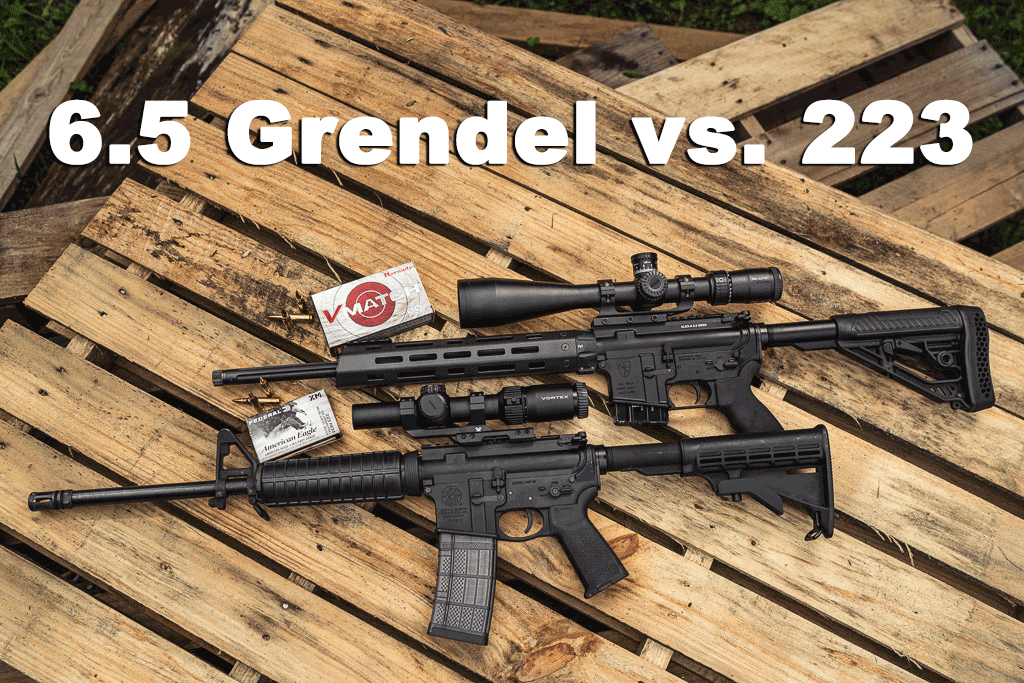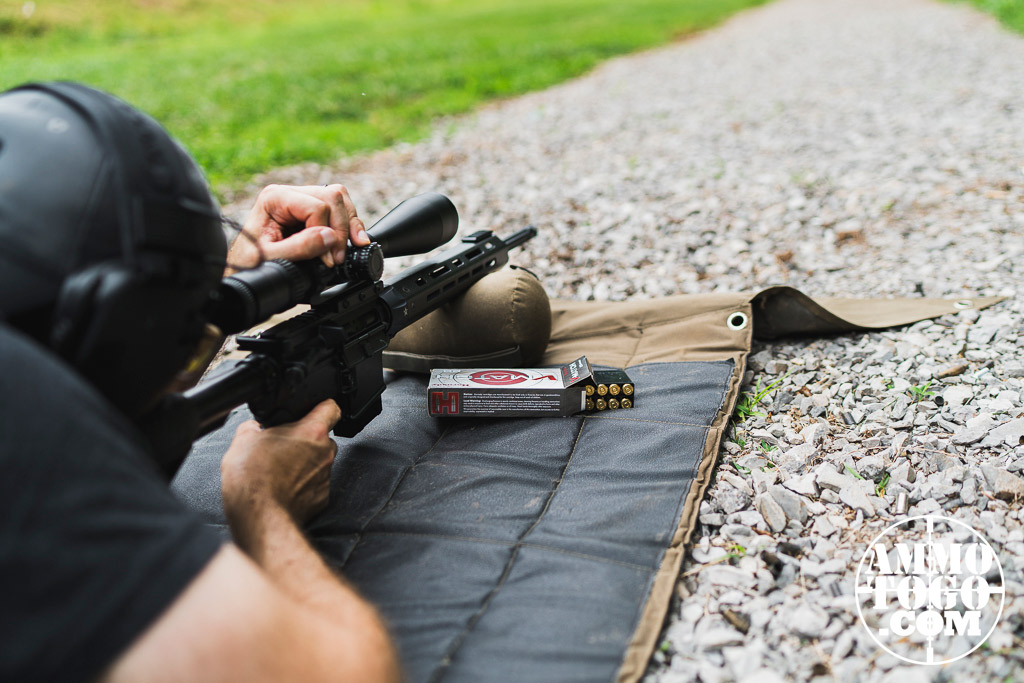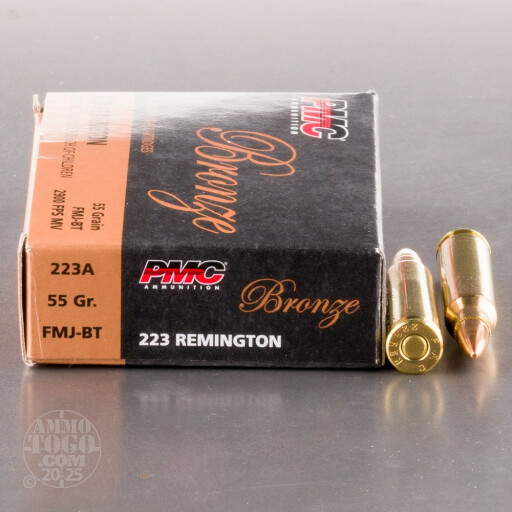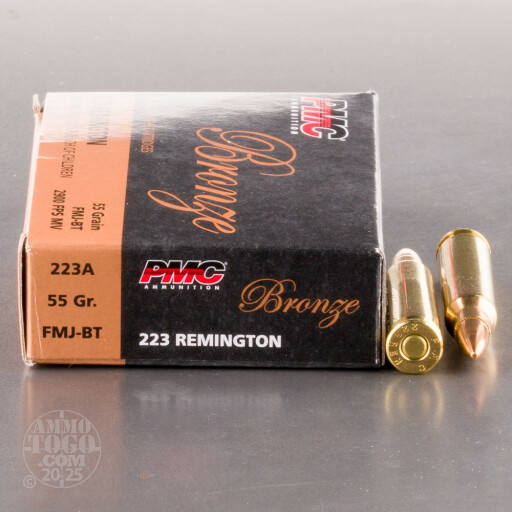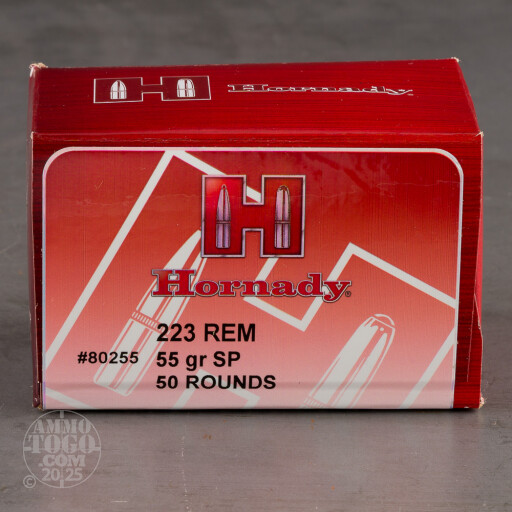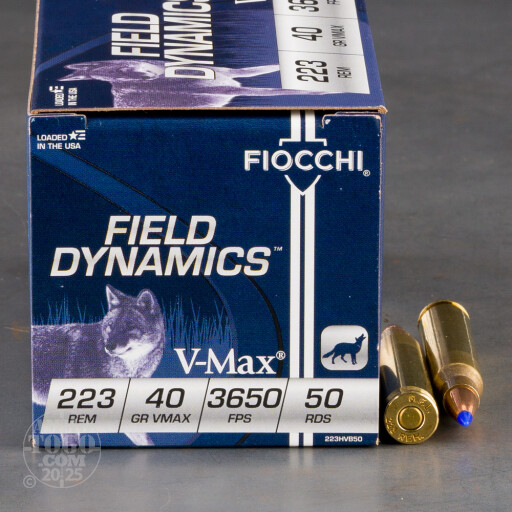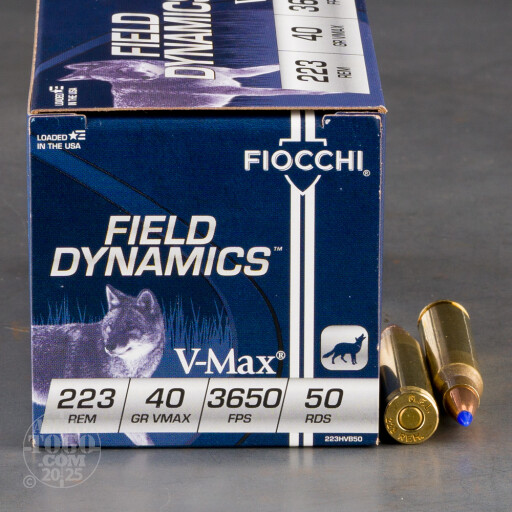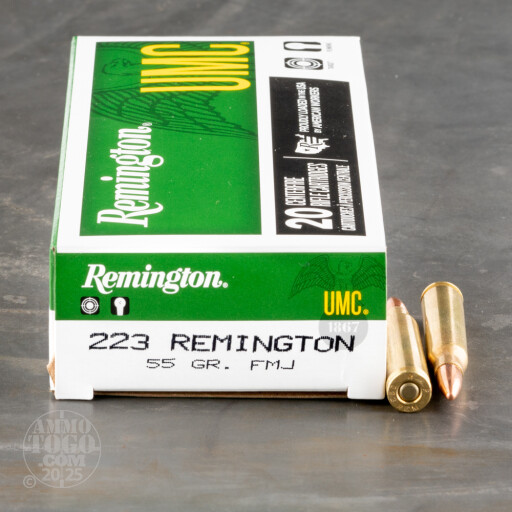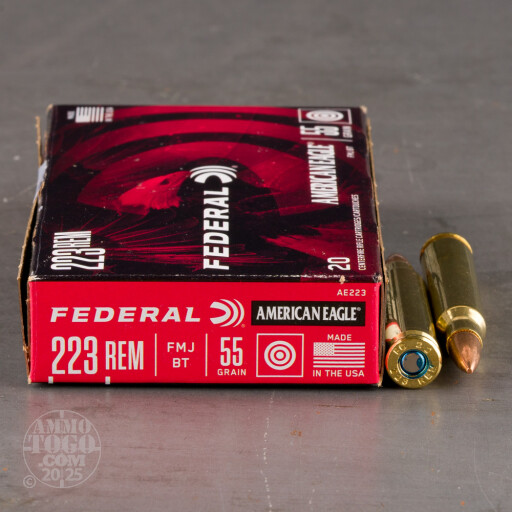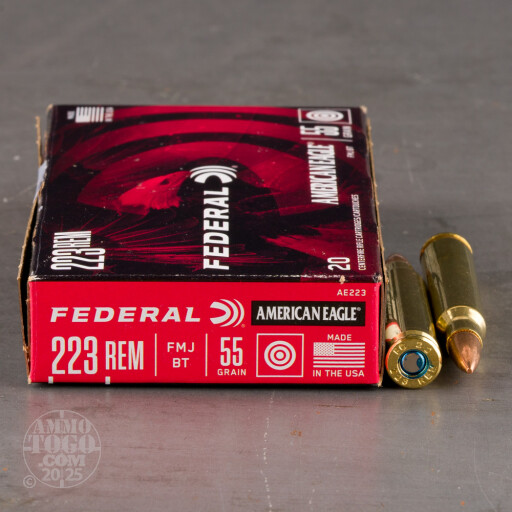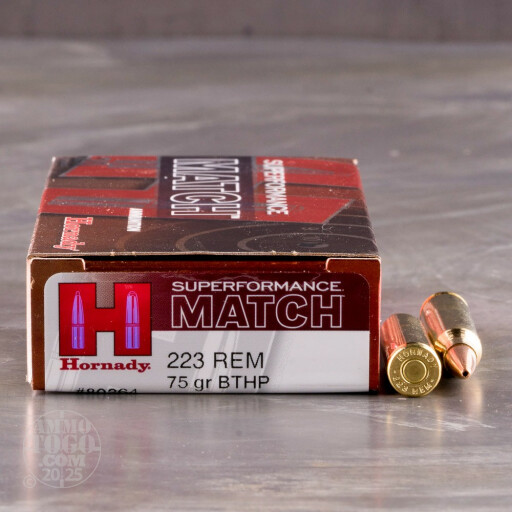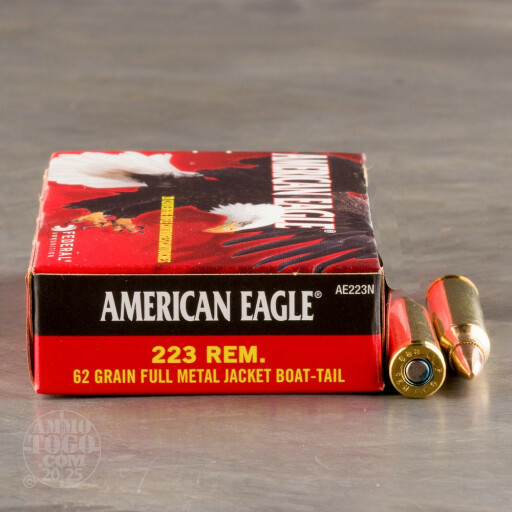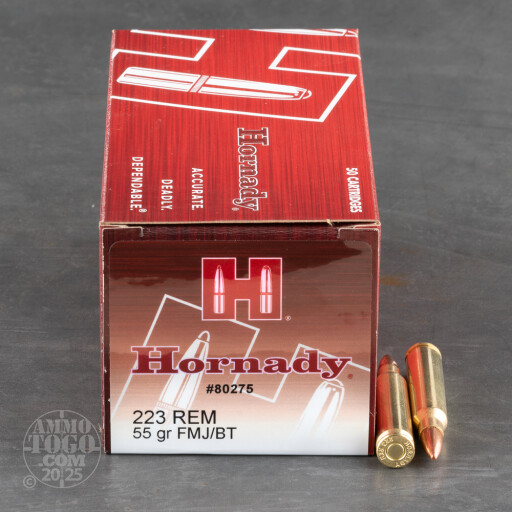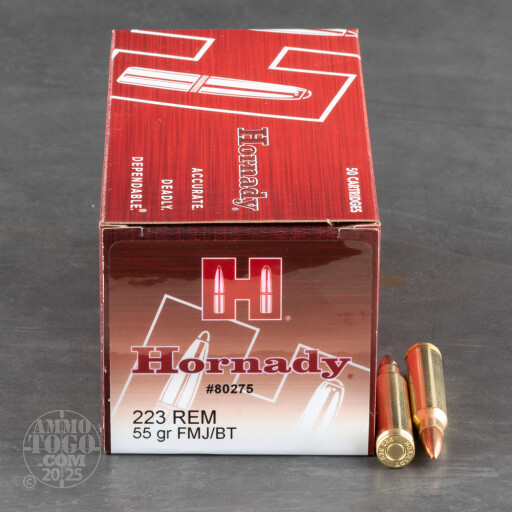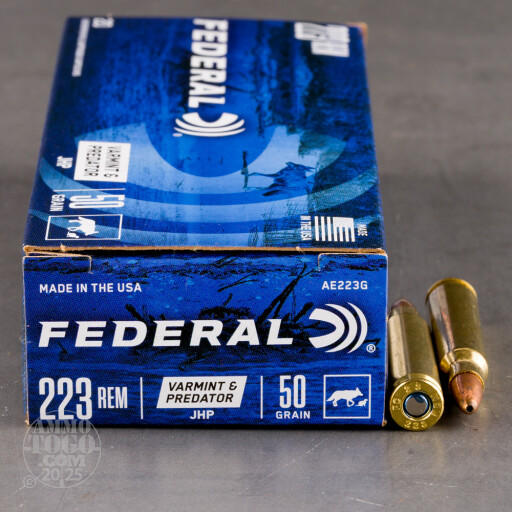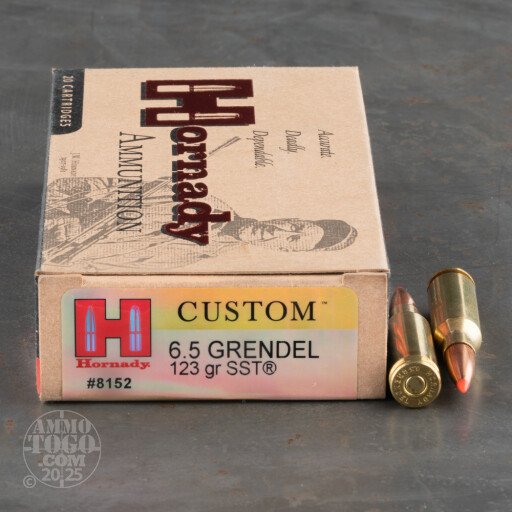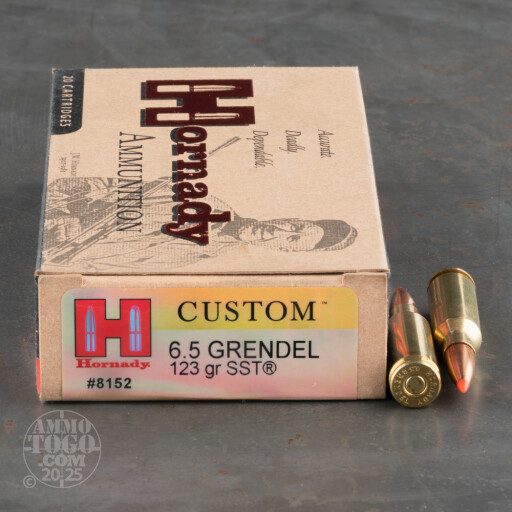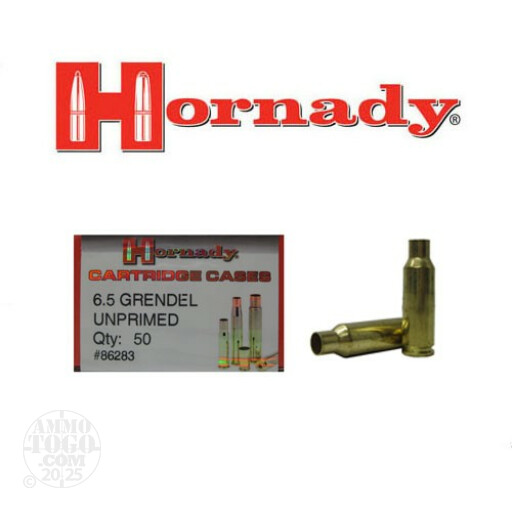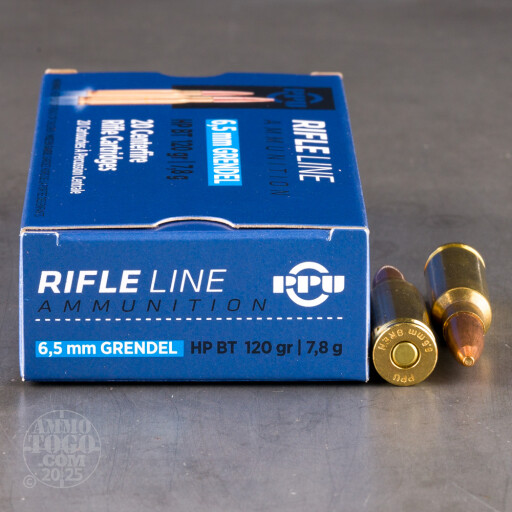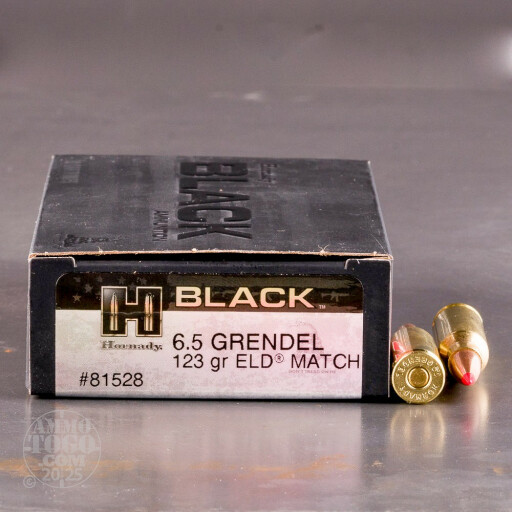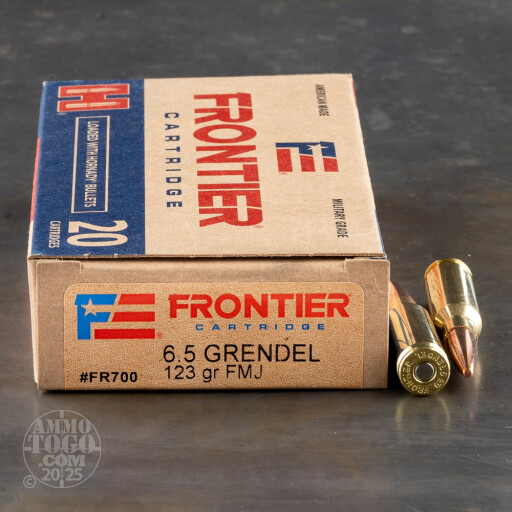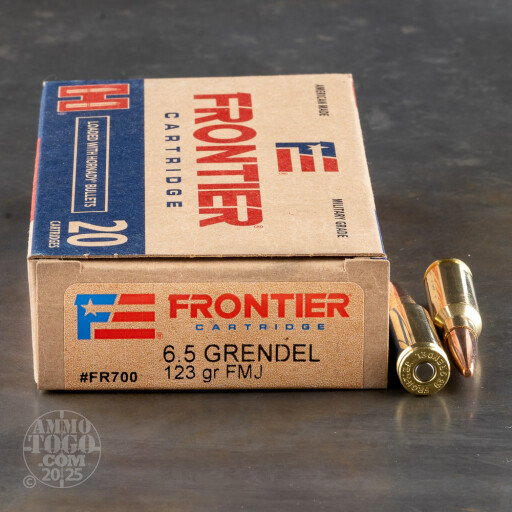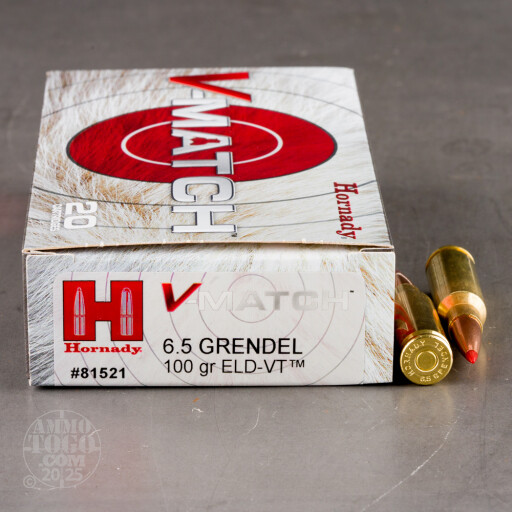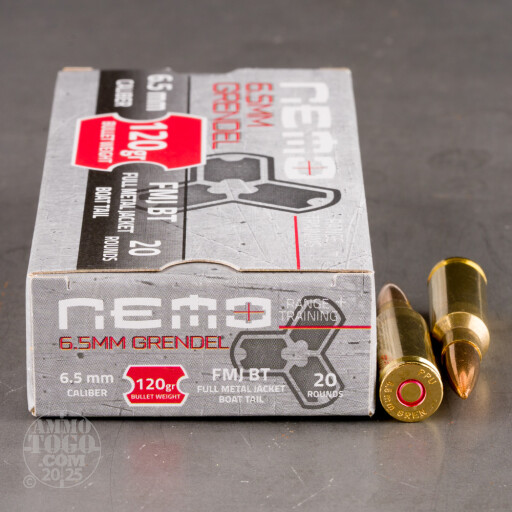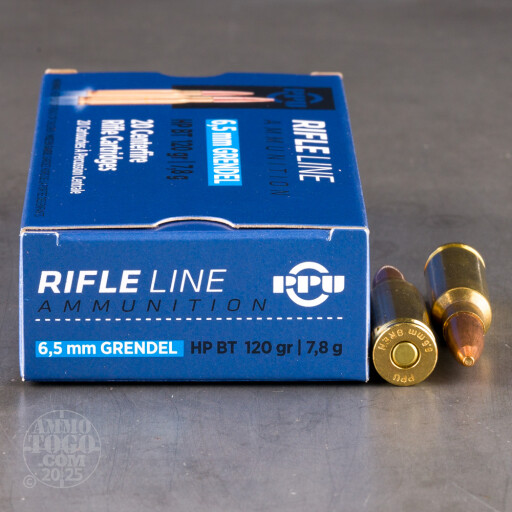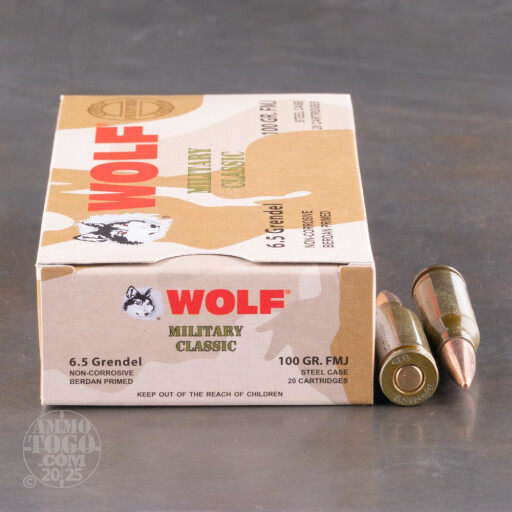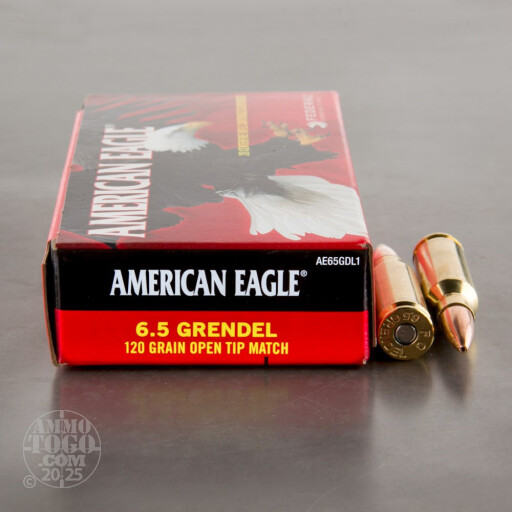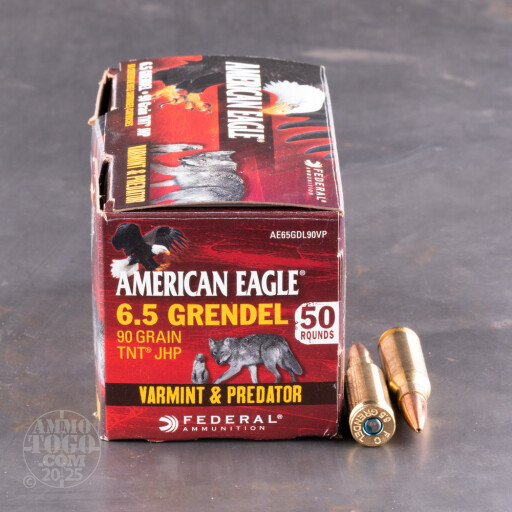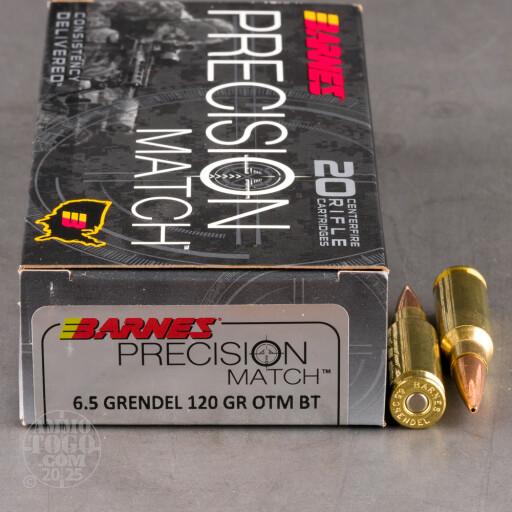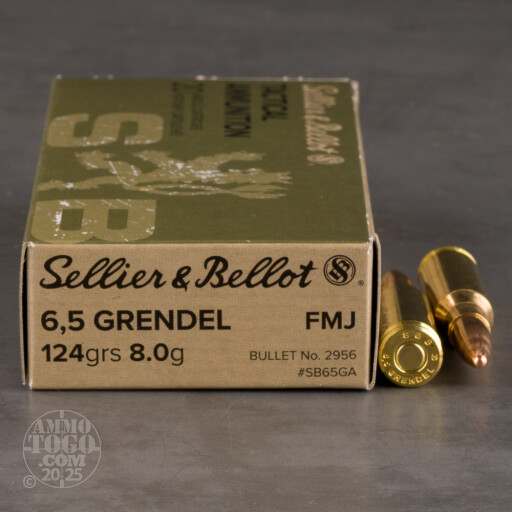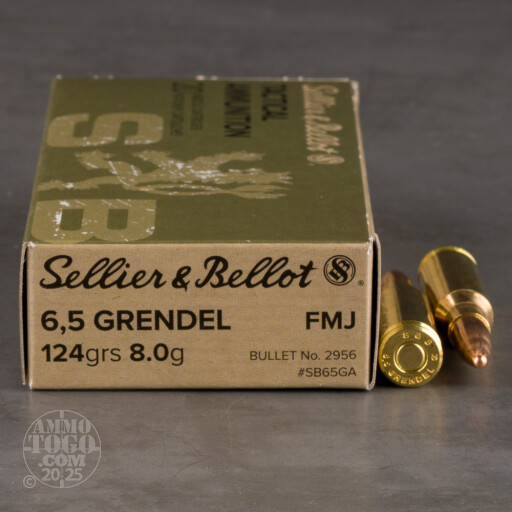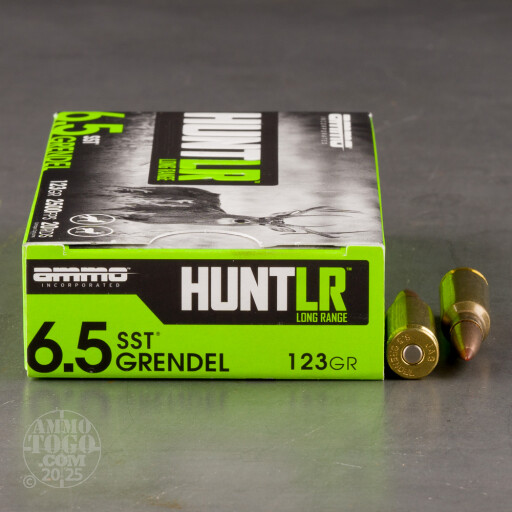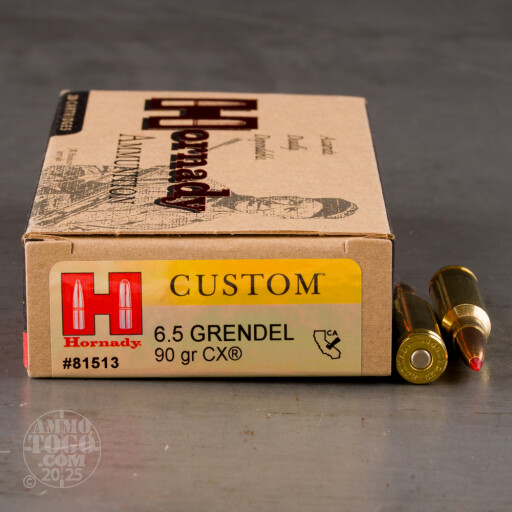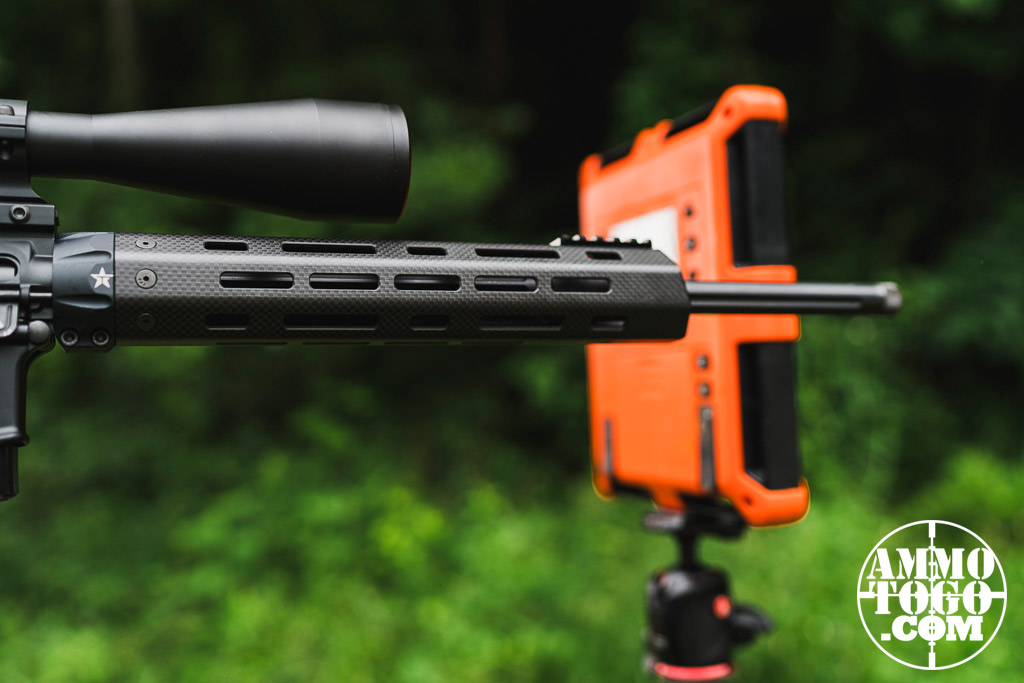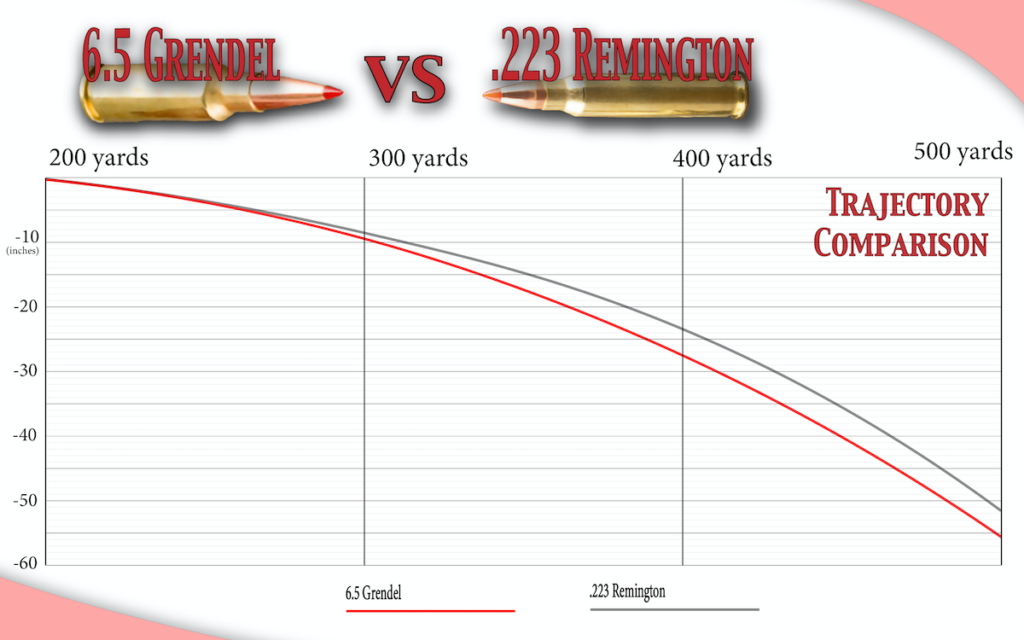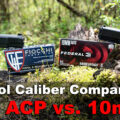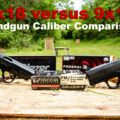A comprehensive comparison of 6.5 Grendel versus 223 Remington diving into each caliber’s ballistics, costs and more.
If you own an AR-15, you’ve probably fired thousands of .223 Remington rounds. You have likely done every possible activity with the cartridge, including varmint control, predator hunting, and target shooting.
Maybe you want something different. Maybe you’re looking to add more power or greater downrange potential. Perhaps you want something that can be used for deer hunting while maintaining the ease and versatility of the AR-15.
One of the most popular alternatives is the 6.5 Grendel. Released in 2003, it has become almost (but not quite) as widespread as the ubiquitous .223 Remington. Whether you are purchasing your first AR-15 or want a new upper for your tried-and-true rifle, you must understand the performance capabilities of the 6.5 Grendel and compare these figures to the .223 Remington.
Only then can you make the right choice for your next purchase.
6.5 Grendel vs 223
| 6.5 Grendel | .223 Remington | |
|---|---|---|
| Bullet Diameter | 0.264 inches | 0.224 inches |
| Neck Diameter | 0.293 inches | 0.253 inches |
| Base Diameter | 0.439 inches | 0.376 inches |
| Case Length | 1.52 inches | 1.76 inches |
| Overall Length | 2.26 inches | 2.26 inches |
| Case Capacity | 0.151 cubic inches | 0.13 cubic inches |
| Bullet Weights | 90 - 130 grains | 36 - 77 grains |
| Typical Firearm | AR-15 semiautomatic rifles | AR-15 semiautomatic rifles |
What’s the Same Between 223 vs 6.5 Grendel
While there are few similarities, these two rounds share a couple of traits. Most notably, they are both (primarily) fired from the AR-15 platform. This means you can enjoy all the features that make the AR rifle so popular, such as endless customizability, smooth shooting, semiautomatic performance, and trusted reliability.
Physically, they are both 2.26 inches in overall length, but don’t let that similarity fool you. As we will see, these are two very different rounds that have unique cases and bullets.
Physical Differences
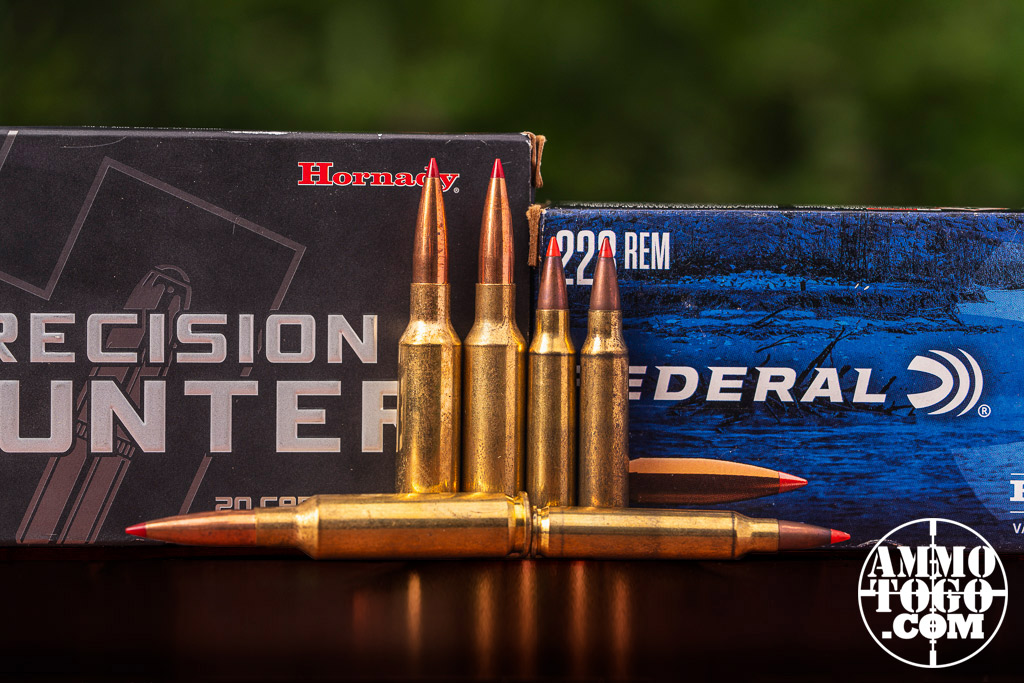
Other than the overall length, just about everything is different. The case of the 6.5 Grendel, which is shorter but fatter, has more total capacity. The .223 Remington case, by comparison, appears slim and long.
The larger case gives the 6.5 Grendel a thicker, stockier appearance. This larger case allows the 6.5 Grendel to seat larger bullets as well. The .223 Remington has a standard bullet of 55 grains, with rounds ranging from about 36 to 77 grains. (Most are between 50 and 70 grains.) The 6.5 Grendel, however, starts at roughly 90 grains and goes up to about 130. This difference in grain weight will have a significant impact on performance.
Finding and Buying the .223 and the 6.5 Grendel
You may assume 223 Remington ammo is a more market-friendly option. You would be correct. But the 6.5 Grendel has a surprisingly large market acceptance; it’s made by many of the top manufacturers in the ammo industry, and it’s found on store shelves across the country. It may not be as widespread as the .223, but it’s certainly not rare.
Pricing favors the .223 as well, thanks in large part to bulk ammunition. Budget-friendly .223 rounds are available for less than $0.50 per round, while 6.5 Grendel ammunition usually costs about $1.00 per shot, depending on where, what, and how you purchase ammo.
6.5 Grendel vs 223 Rem: Ballistics
The market, the physical differences, and the firearms are all important, but performance is what ultimately matters. To compare these two popular rounds, we looked at the manufacturer stats of five products from each round. We intentionally selected ammo in the light, middle, and heavy end of the spectrum to give a broader view of the round’s capabilities.
Here’s how they compare for velocity, energy, and trajectory.
Velocity
| 6.5 GRENDEL | Muzzle (fps) | 100 Yards | 200 Yards | 300 Yards | 400 Yards | 500 Yards |
|---|---|---|---|---|---|---|
| Nosler 90-Gr Varmeggedon | 2,800 | 2,549 | 2,311 | 2,086 | 1,874 | 1,677 |
| Hornady 100-Gr ELD-VT Match | 2,730 | 2,531 | 2,340 | 2,158 | 1,984 | 1,819 |
| Barnes 115-Gr TAC-TX | 2,590 | 2,367 | 2,155 | 1,954 | 1,765 | 1,590 |
| Federal 120-Gr Fusion MSR | 2,600 | 2,346 | 2,107 | 1,881 | 1,674 | 1,485 |
| Remington 130-Gr Premier Match | 2,400 | 2,251 | 2,108 | 1,969 | 1,836 | 1,711 |
| Average | 2,624 | 2,409 | 2,204 | 2,010 | 1,827 | 1,656 |
| 223 Remington | ||||||
| Nosler 40-Gr FB Tipped | 3,400 | 2,920 | 2,488 | 2,095 | 1,742 | 1,437 |
| Federal 50-Gr Varmint & Predator | 3,25 | 2,839 | 2,402 | 2,006 | 1,653 | 1,355 |
| Barnes 55-Gr VOR-TX | 3,240 | 2,774 | 2,353 | 1,970 | 1,629 | 1,343 |
| Remington 62-Gr Core-Lokt | 3,100 | 2,694 | 2,322 | 1,982 | 1,674 | 1,407 |
| Hornady 68-Gr Frontier BTHP | 2,960 | 2,697 | 2,449 | 2,215 | 1,993 | 1,786 |
| Average | 3,205 | 2,785 | 2,403 | 2,054 | 1,738 | 1,466 |
Speed is one of the reasons the .223 Remington has become so popular. This is one of the fastest small-caliber commercial rounds on the market, and as we can see from the stats above, most .223 products have a muzzle velocity near or above 3,000 feet per second, a significant milestone. At 300 yards, it’s cruising at 2,000 feet-per-second; even at 500 yards we see nearly 1,500 fps on average.
With an average velocity above 2,000 fps at 300 yards, the 6.5 Grendel performs well. But it has a hard time catching the light, fast .223 Remington.
Energy
| 6.5 GRENDEL | Muzzle (ft-lbs) | 100 Yards | 200 Yards | 300 Yards | 400 Yards | 500 Yards |
|---|---|---|---|---|---|---|
| Nosler 90-Gr Varmeggedon | 1,567 | 1,298 | 1,067 | 869 | 702 | 562 |
| Hornady 100-Gr ELD-VT Match | 1,655 | 1,422 | 1,216 | 1,034 | 874 | 735 |
| Barnes 115-Gr TAC-TX | 1,713 | 1,431 | 1,186 | 975 | 796 | 646 |
| Federal 120-Gr Fusion MSR | 1,801 | 1,467 | 1,183 | 943 | 747 | 588 |
| Remington 130-Gr Premier Match | 1,663 | 1,463 | 1,282 | 1,119 | 973 | 845 |
| Average | 1,680 | 1,416 | 1,187 | 988 | 818 | 672 |
| 223 Remington | ||||||
| Nosler 40-Gr FB Tipped | 1,026 | 757 | 550 | 390 | 269 | 183 |
| Federal 50-Gr Varmint & Predator | 1,227 | 895 | 640 | 447 | 303 | 204 |
| Barnes 55-Gr VOR-TX | 1,282 | 940 | 676 | 474 | 324 | 220 |
| Remington 62-Gr Core-Lokt | 1,323 | 999 | 743 | 541 | 386 | 272 |
| Hornady 68-Gr Frontier BTHP | 1,323 | 1,098 | 906 | 741 | 600 | 482 |
| Average | 1,236 | 938 | 703 | 519 | 376 | 272 |
The 6.5 Grendel has a reputation for excellent downrange energy, and the stats we see from various rounds support this reputation. It may not be the most powerful cartridge you’ll ever fire, but it has excellent energies that outpace the .223 Remington.
From the start, the 6.5 Grendel has a power advantage of roughly 400 ft-lbs, and this overall advantage is maintained downrange as well. At 300 yards, for example, the rounds we sampled have an average power of 988 ft-lbs, while the .223 is down to 519. And, if we take a deeper dive into the stats, we discover that the .223 is bolstered by the 68-grain product, which has downrange energies far above the rest.
Trajectory
The .223 Remington shows strong trajectories, but the 6.5 Grendel is not far behind. The average differences range from less than two inches to just over four inches, so while it’s a win for the .223 Remington, it’s hardly a route.
Perhaps most interesting is the range of trajectories within the 6.5 Grendel sample. At 500 yards, for example, the 6.5 shows a drop ranging from 48.9 to 63.1 inches.
How to Choose
After reviewing these two rounds, we can see clear advantages for the 6.5 Grendel and the .223 Remington…
Advantages of the 6.5 Grendel:
- A wider bullet makes it a more devastating option for deer and hog hunting.
- Superior energies, especially downrange, make it ideal for long- and moderate-range hunting.
- An excellent AR cartridge when you simply want an alternative to the traditional .223 Remington.
Advantages of the .223 Remington
- The standard AR-15 cartridge with massive market acceptance and lower prices.
- Faster speeds and slightly better trajectories make it ideal for long-range target shooting.
- With a thinner bullet, it’s better for varmint and small-game hunting, especially when the pelt must be preserved.
